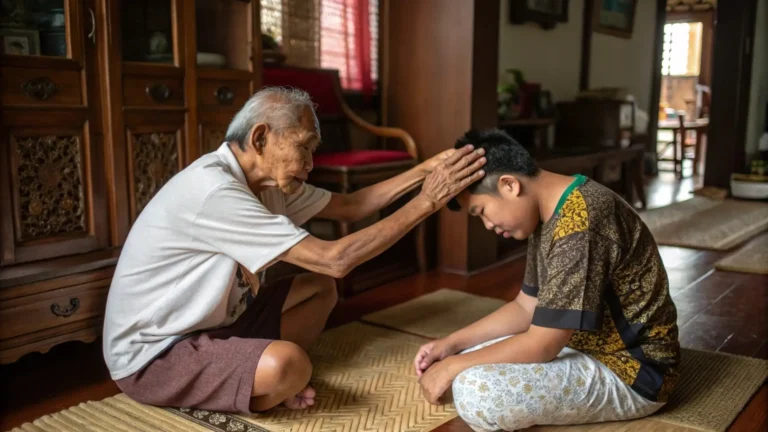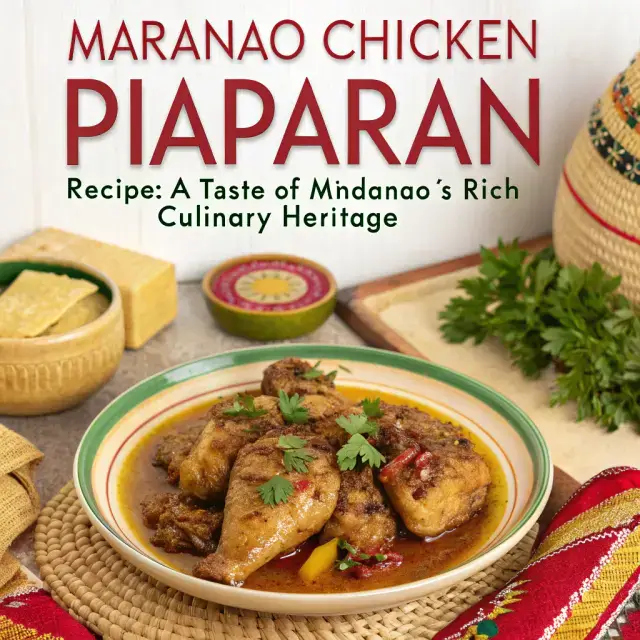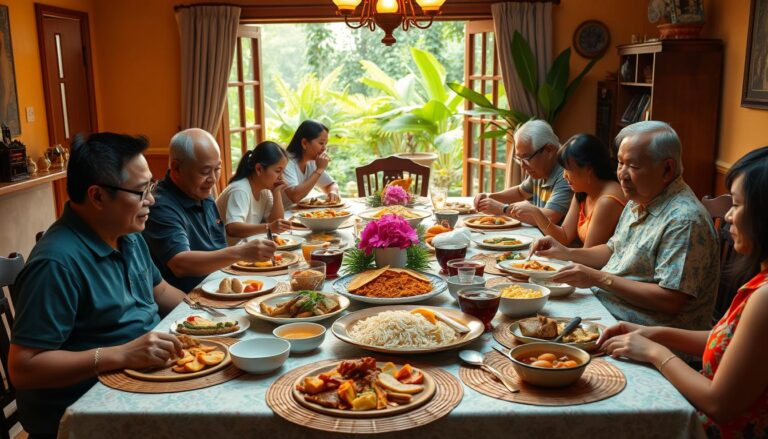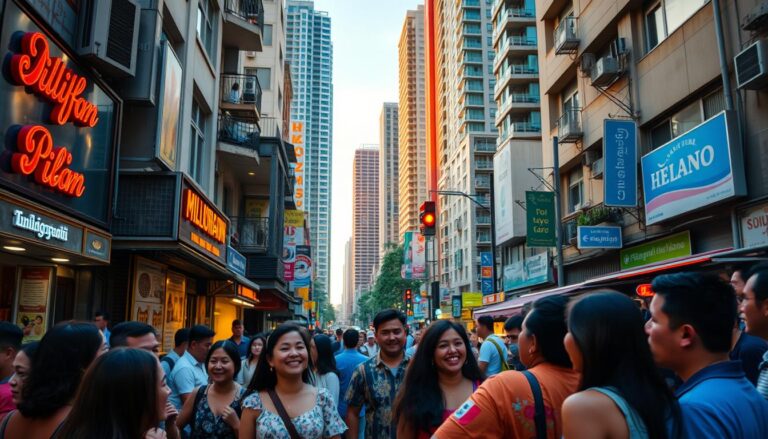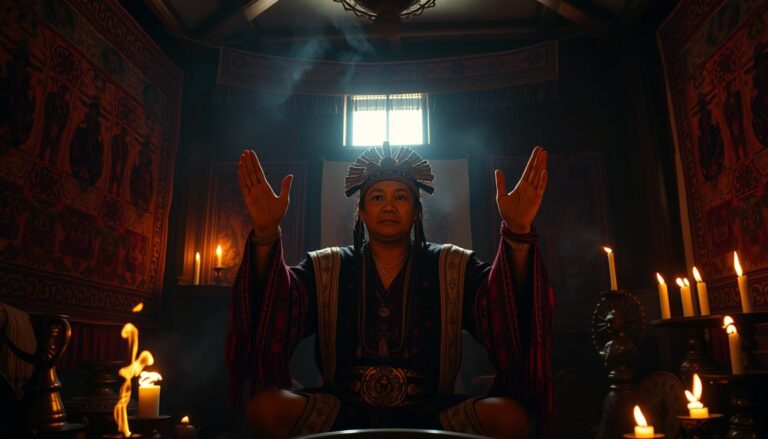Filial Piety in Filipino Culture: Caring for Aging Parents
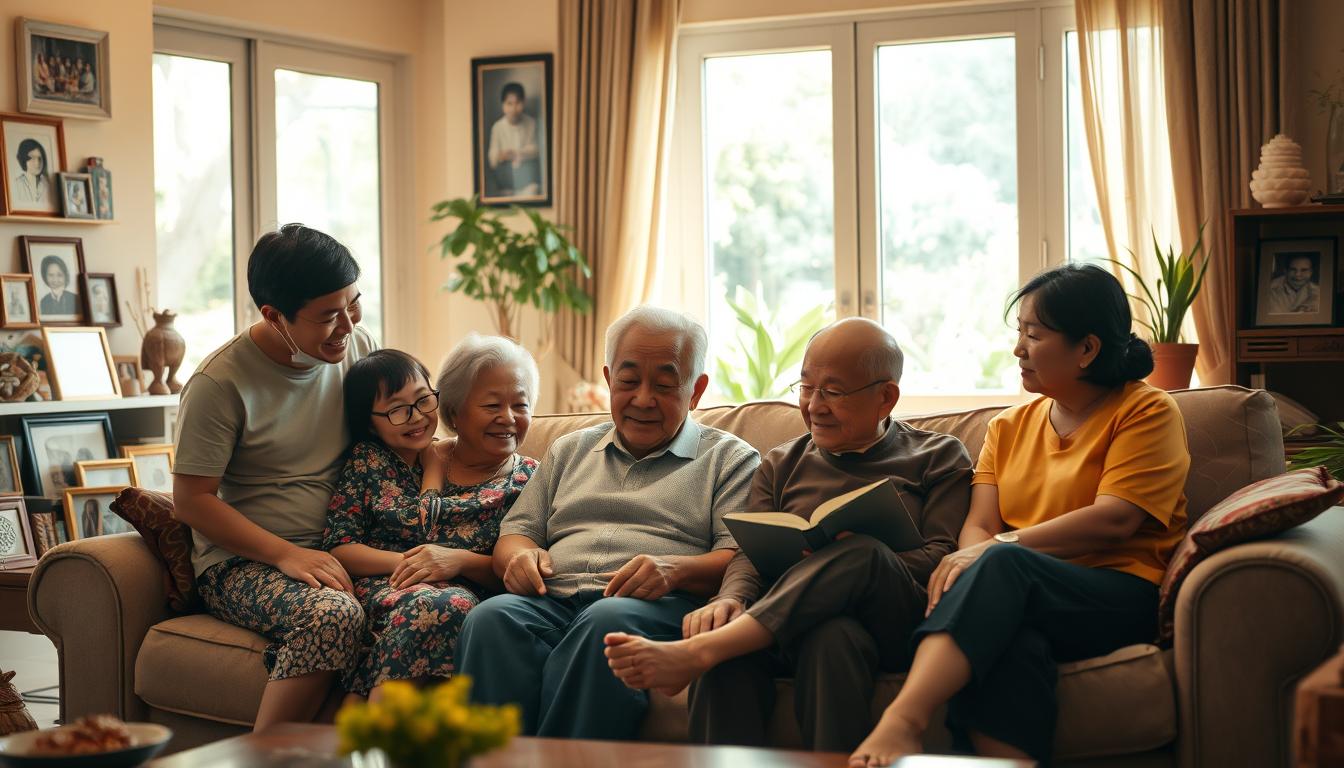
Respect for elders forms the backbone of many societies, but few embody this principle as deeply as Filipino households. Rooted in tradition, the expectation to honor and care for older relatives is legally and culturally reinforced, creating a unique support system for aging parents. The 1987 Philippine Constitution even mandates families to prioritize elder care, reflecting its societal importance.
Central to this practice is the concept of utang na loob, or “debt of gratitude,” which shapes lifelong commitments between generations. Over 60% of older Filipinos live with their children, and 77% rely on family for financial needs. These bonds are further strengthened by community initiatives like CPFWP-Philippines, which promotes compassionate caregiving through education and policy.
Modern challenges, however, test these traditions. Urbanization and shifting family dynamics create tension between cultural values and contemporary lifestyles. Yet daily practices persist—from shared households to healthcare cost assistance. Nearly half of elderly Filipinos expect their children’s support during illnesses, demonstrating how deeply these expectations remain ingrained.
Key Takeaways
- Elder care is a cultural cornerstone, reinforced by legal frameworks like the 1987 Constitution
- Families provide 77% of financial support for older relatives through co-residency and shared resources
- The concept of utang na loob creates intergenerational obligations to care for aging parents
- Government programs and laws actively promote family-centered support systems
- Modern societal changes challenge traditional caregiving models while cultural expectations remain strong
Cultural Foundations of Filipino Family Values
From bustling cities to rural villages, extended family ties shape every aspect of Filipino society. Three generations often share homes, creating living networks where grandparents help raise grandchildren while adult children support aging parents. This interwoven structure forms what locals call kapamilya – the idea that family extends beyond blood relations.
The Role of Extended Family and Kinship
Relatives play active roles in daily life, from childcare to financial support. Many households use terms like tita (aunt) or tito (uncle) for close friends, reflecting how kinship stretches beyond biology. During crises, this network becomes a safety net – 83% of Filipinos report relying on cousins or in-laws during emergencies.
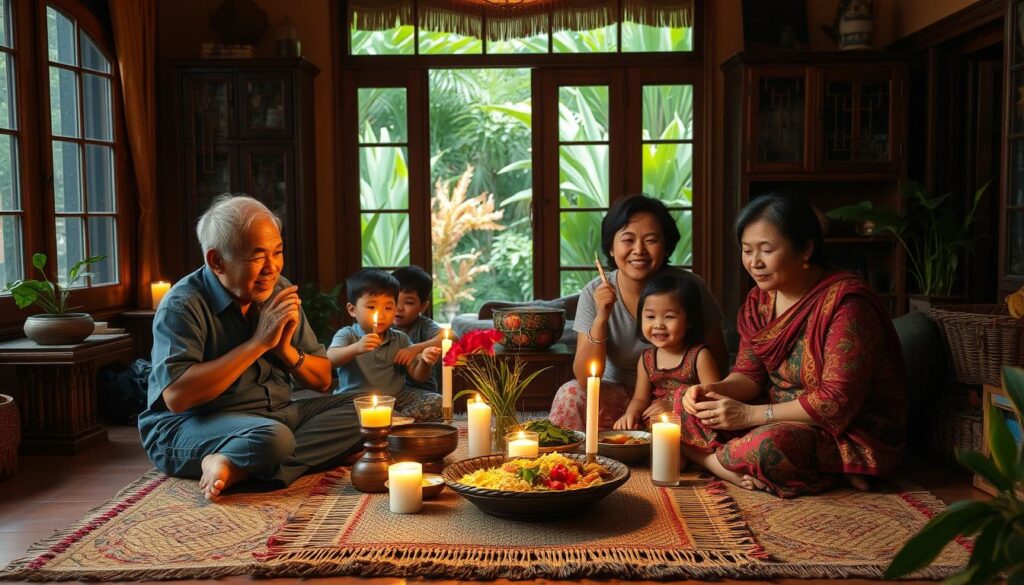
Traditions and Customs like Pagmamano
The pagmamano gesture – pressing an elder’s hand to one’s forehead – teaches respect from childhood. This ritual anchors celebrations like fiestas where multiple clans gather. Younger generations learn family history through shared meals and storytelling, reinforcing their role in preserving traditions.
Modern adaptations maintain these bonds. Video calls connect overseas workers to hometown gatherings, while urban relatives send balikbayan boxes filled with essentials. These practices show how timeless values adapt to new realities without losing their core purpose: keeping families united across distances and generations.
Embracing Filial Piety in Filipino Culture
In the heart of every Filipino home lies an unwritten pact of lifelong support between parents and children. This bond thrives on reciprocal care – elders guide younger members through life’s challenges, while adults ensure aging relatives never face hardships alone. These expectations are mirrored in China’s Confucian principles, where Hsiao (filial piety) emphasizes honoring ancestors and living harmoniously.
Intergenerational Respect and Duties
Daily gestures like pagmamano – gently pressing an elder’s hand to one’s forehead – teach respect from childhood. Parents often sacrifice personal needs to fund their children’s education, knowing this investment will later translate into elder care. Adult children frequently adjust careers to live near aging relatives, balancing modern demands with timeless obligations.

Lessons from Cross-Cultural Traditions
Confucius’ teachings resonate deeply in both societies. His Analects state: “Serve parents at home with respect, and elders outside with reverence.” Similarly, Filipino bayanihan spirit encourages communities to collectively uphold family values. Shared practices include:
- Adult children contributing to household expenses
- Grandparents mentoring grandchildren in cultural traditions
- Families prioritizing group needs over individual desires
These cross-cultural parallels show how societies preserve harmony through intergenerational teamwork. Schools in Manila now integrate moral education, echoing China’s emphasis on character-building – proof that ancient values still shape modern roles.
Family Structure and Support Networks
The blueprint of Filipino homes reveals more than walls and roofs – it maps generations sharing life under one roof. Three-tier households blend grandparents’ wisdom with parents’ practicality and children’s energy, creating living ecosystems where roles shift fluidly across age groups.

Multi-Generational Households
Over 40% of Philippine homes host three generations. Grandparents mentor grandchildren while managing household tasks, allowing working parents to focus on careers. This arrangement strengthens family bonds through daily interactions – from shared meals to collaborative problem-solving.
Extended relatives often join these units during hardships. Aunts might contribute childcare, while uncles assist with home repairs. This collective approach ensures no family member faces challenges alone, embodying the kapamilya spirit of interconnectedness.
Overseas Filipino Workers and Remittances
Nearly 10 million Filipinos work abroad, sending over $36 billion annually to sustain family support networks. These funds cover education, healthcare, and home improvements. Workers also ship balikbayan boxes filled with essentials – tangible reminders of care across oceans.
Modern tools maintain these connections:
| Aspect | Traditional | Modern |
|---|---|---|
| Communication | Weekly letters | Daily video calls |
| Support | In-person care | Digital money transfers |
| Cultural Ties | Local festivals | Virtual family reunions |
This blend of old and new demonstrates how family members adapt traditions to sustain relationships. Clear communication channels help distant relatives coordinate care for aging parents, proving physical absence doesn’t weaken familial commitment.
Challenges to Traditional Family Values
Traditional family bonds face unprecedented pressures in today’s digital age. Smartphones and social media reshape how generations interact, creating gaps where face-to-face connections once thrived. Sociologist Sherry Turkle observes:
“We’re connected but alone – technology mediates relationships that used to grow through shared physical experiences.”
Digital Divides in Daily Life
While video calls help overseas workers see loved ones, 58% of families report fewer multi-generational meals. Teens spend 7+ hours daily on screens, reducing time for pagmamano rituals or elder storytelling. This shift impacts core values like respect and collective responsibility.
When Progress Clashes with Heritage
Urban jobs pull younger adults into cities, leaving aging parents in rural areas. Only 34% of millennials can financially support relatives – down from 67% in 1990. The concept of utang na loob weakens as individual goals gain priority.
| Aspect | Traditional Practice | Modern Reality |
|---|---|---|
| Care for Elders | Co-residency | Paid nursing homes |
| Conflict Resolution | Family councils | Social media debates |
| Financial Support | Shared income | Independent budgets |
These changes strain the lifeblood of cultural continuity. Without intervention, experts warn key traditions could vanish within two generations. The government now funds digital literacy programs to bridge gaps, but many argue families must lead this cultural preservation.
Reviving Filipino Traditions through Community and Education
Grassroots movements are breathing new life into time-honored practices across the islands. Neighborhood cleanups blend with heritage festivals, while schools weave folk dances into physical education programs. This dual approach bridges generations through shared action and learning.
Nurturing Bayanihan and Community Spirit
The bayanihan tradition – neighbors carrying a bamboo house to new land – now takes modern forms. Community pantries during crises and group tree-planting drives showcase collective responsibility. Local governments partner with groups like COSE to organize elder care workshops, where teens learn caregiving skills from grandparents.
Barangay councils host monthly kwentuhan sessions (story circles) where elders share oral histories. These gatherings strengthen communication while preserving fading traditions. “When we listen, we honor their role as living libraries,” says a Manila youth leader.
Integrating Moral Education for Future Generations
Schools now teach Good Manners and Right Conduct (GMRC) through interactive methods:
- Role-playing pagmamano gestures in ethics classes
- Analyzing folk tales about mutual support
- Organizing intergenerational cooking workshops
The 2016 Walk for Life event demonstrated this shift, uniting 16 communities to promote elder respect. Education Secretary Leonor Briones notes: “Classrooms extend beyond walls – every shared meal becomes a lesson in cultural continuity.” Local governments fund heritage clubs where students document family traditions, blending tech skills with cultural preservation.
Through these efforts, the community becomes both classroom and caretaker. As students interview grandparents about medicinal plants or wartime survival, they gain more than history lessons – they inherit living values.
Conclusion
The strength of a society lies in how it uplifts its most vulnerable members while preparing future stewards. Across generations, families blend ancestral wisdom with modern solutions – from pagmamano gestures to digital remittances – creating resilient support systems. Legal frameworks and community programs reinforce these bonds, ensuring elders remain valued contributors rather than burdens.
Financial pressures test these traditions, as many adults struggle to balance care costs with personal goals. Yet 80% of households still prioritize multigenerational living, proving cultural roots run deep. Schools now teach caregiving skills alongside math, while local councils host story-sharing events to bridge age gaps.
Technology reshapes – but doesn’t replace – these connections. Video calls sustain overseas workers’ roles in family decisions, and apps streamline healthcare coordination. As one sociologist notes: “Progress thrives when it carries tradition forward, not when it leaves it behind.”
Every meal shared, story told, or hand pressed to a forehead weaves stronger social fabric. By honoring these practices while embracing innovation, communities ensure timeless values guide tomorrow’s families.

